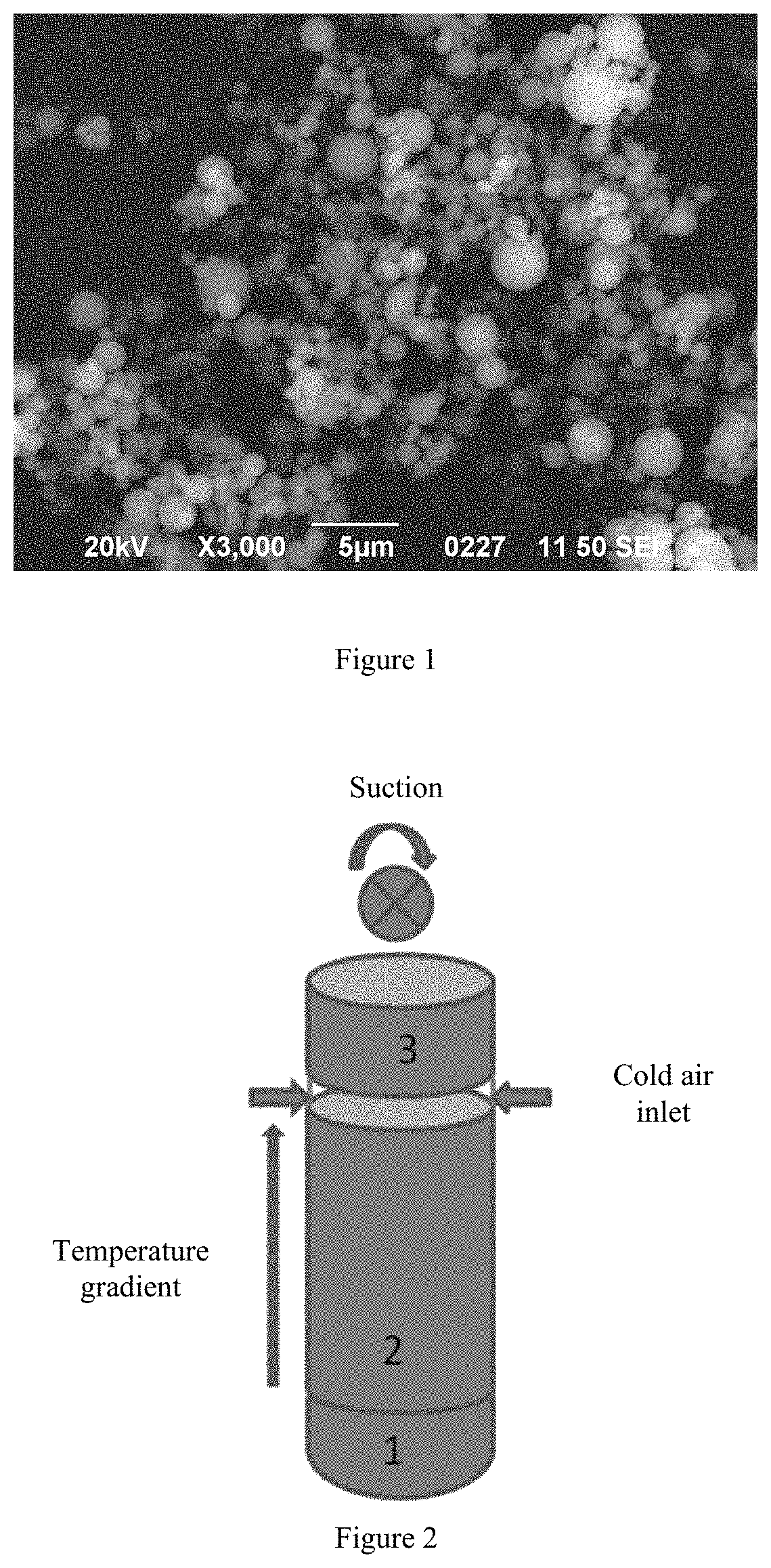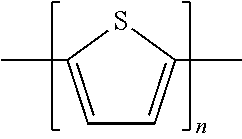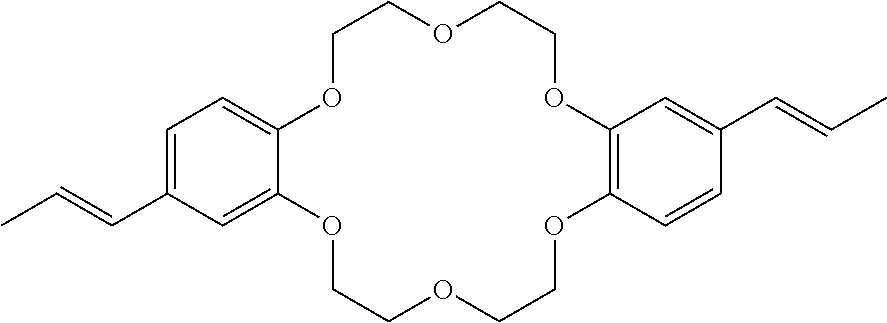Spherical particles filled with colouring agents
a technology of colouring agent and spherical particles, which is applied in the field of spherical particles filled with colouring agent, can solve the problems of poor degradation resistance and the ability of polymer capsules to retain colourant, adverse effects on application, and residues of monomer synthesis solvents originating from polymerisation, etc., and achieves the effect of high quantity of colourants in the particles according to the invention
- Summary
- Abstract
- Description
- Claims
- Application Information
AI Technical Summary
Benefits of technology
Problems solved by technology
Method used
Image
Examples
example 1
or Particle Synthesis
[0144]Preparation of the solution: The following compounds were added to a beaker in the order given, with magnetic stirring: 70.7 g of an aqueous solution of acetic acid, 14 g of TEOS (that is 4.04 g of silica, 75% of the particles obtained) with 14.0 g of ethanol. The solution was then stirred for at least 1 hour to enable hydrolysis-condensation of the TEOS. A mass of 1.35 g of organic colourant (25% of the particles obtained) was added to the sol.
[0145]The precursor solution was nebulised by the pyrolysis spray process according to the invention in stage (1).
[0146]In stages (2) and (3) the maximum temperature of the oven in which the drying and pyrolysis stages were performed was set to 250° C. in order to preserve the colourant.
[0147]The particles were recovered directly on the filter in stage (5) and if necessary dried in air.
[0148]The particles were spherical and had a mean diameter of 1.0 micron, with a particle size distribution by number of 0.3 to 4 mi...
example 2
of Example 1 with a Surface Coating or Shell of Silica
[0149]A mass of 15.6 g of the particles of Example 1 was dispersed in 80.6 g of a water-alcohol solution and 0.4 g of ammonia by magnetic stirring. A mass of 3.4 g of TEOS was added progressively. Ageing of at least 1 hour was needed for hydrolysis condensation of the TEOS.
[0150]The particles were separated by centrifuging then dried to consolidate the silica layer. The particles were spherical and had a mean diameter of 1.0±0.5 microns, with a particle size distribution by number of 0.3 to 4 microns (scanning electron microscope) and a sphericity of 0.9, calculated from the microscopy images.
[0151]FIG. 1 shows a scanning electron microscope image of the particles of Example 2. The particles are indeed not aggregated.
example 3
est
[0152]A mass of 0.25 g of microparticles of Example 2 (with 24% of colourant) was dispersed in ethanol at a concentration of 20 g / L of microparticles. The solution was centrifuged. The sediments were dried and the supernatant was analysed by UV-visible spectrometry. The supernatant contained 0.1 g / L of colourant, that is a release of 2% by mass.
PUM
| Property | Measurement | Unit |
|---|---|---|
| specific surface area | aaaaa | aaaaa |
| sphericity coefficient | aaaaa | aaaaa |
| diameter | aaaaa | aaaaa |
Abstract
Description
Claims
Application Information
 Login to View More
Login to View More - R&D
- Intellectual Property
- Life Sciences
- Materials
- Tech Scout
- Unparalleled Data Quality
- Higher Quality Content
- 60% Fewer Hallucinations
Browse by: Latest US Patents, China's latest patents, Technical Efficacy Thesaurus, Application Domain, Technology Topic, Popular Technical Reports.
© 2025 PatSnap. All rights reserved.Legal|Privacy policy|Modern Slavery Act Transparency Statement|Sitemap|About US| Contact US: help@patsnap.com



